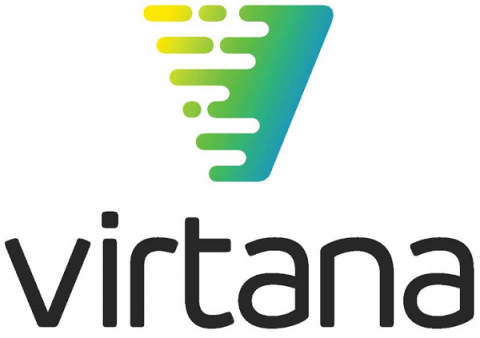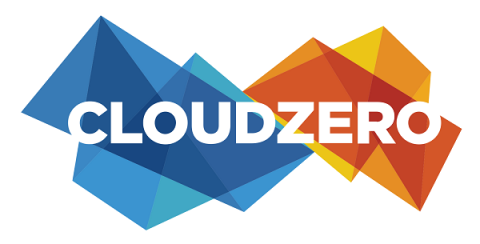Operations | Monitoring | ITSM | DevOps | Cloud
DevOps
The latest News and Information on DevOps, CI/CD, Automation and related technologies.
Ringside at KubeCon with Hewlett Packard Enterprise
A Civo 2019 retrospective: How we got here and what's next
Looking back over 2019 it's been a huge time of change for us as a company. When I co-founded Civo four years ago we were aiming to be an IaaS (Infrastructure-As-A-Service) provider, focusing on small developers and teams rather than huge corporate hosting requirements. The developer experience was really important to us, but trying to carve out a niche in such a crowded market was really challenging.
Avoid downtime with EPIC Electronic Health Record (EHR) systems by using VirtualWisdom
January 30, 2020 As a healthcare CIO mandated with the transition to electronic healthcare records, you’ve done your due diligence, evaluated various EHR vendors and most likely settled on Epic, a software vendor with over 25% of the US acute care hospital market share. You’ve followed Epic guidelines for minimum hardware requirements and acquired what you believe is the right workstation, server, networking, and storage infrastructure for Epic.
AWS Billing Alerts: When to Use Them and How to Set Them Up
Making sure you don't overspend on AWS is a perennial challenge for many software companies. To help make sure you don't surpass your budget, AWS offers billing alerts, which send you an alert when your costs have reached a certain threshold. This can be a handy way to keep your costs in check, but can take some time to set up and will cost you some extra money.
Managing Checkly checks with Terraform
In this guest article John Arundel, consultant and author of Cloud Native DevOps with Kubernetes, introduces the Checkly Terraform provider. He explains what Terraform is and why you'd want to use it, and shows how to use Terraform to automate and manage your website monitoring with Checkly.
Serverless Has Evolved in 2020
Come January, pretty much any current tech keyword you type into Google News will result in hundreds of prediction op-eds and roundups. The fact that it’s an entirely new decade has amplified this phenomenon and serverless is no exception. As the CEO of a company dedicated to helping software teams build, manage, and deliver serverless applications, it’s a joy to read these posts by some of the brightest minds in the industry.
Azure Functions Triggers and Bindings
Intro to Rio Online Training: The Application Deployment Engine for Kubernetes
Docker logging best practices
When an application in a Docker container emits logs, they are sent to the application’s stdout and stderr output streams. The container’s logging driver can access these streams and send the logs to a file, a log collector running on the host, or a log management service endpoint. In this post, we’ll explain how the driver you choose—and how you configure it—influences the performance of your containerized application and the reliability of your Docker logging.











